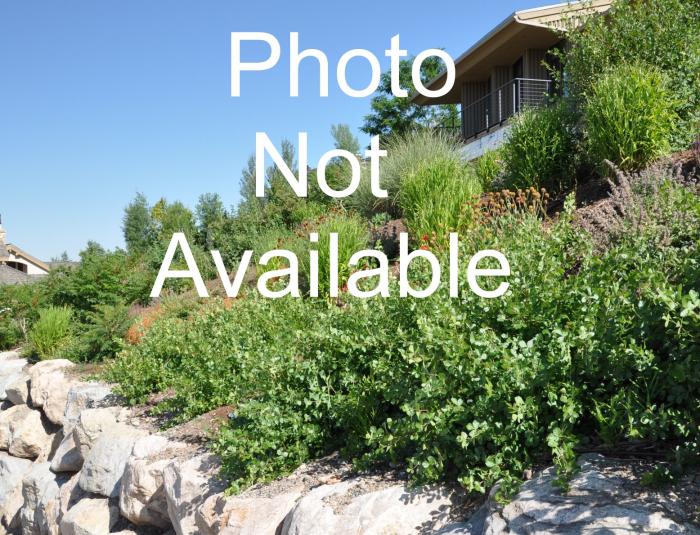| Botanical Name: Cedrus deo. pen. 'Wells Emerald Falls' | |
| Common Name: Emerald Falls Deodar Cedar |

-
Anatomy
-
Culture
-
Design
Plant Type
Tree, Conifer
Height Range
6-12'
Flower Color
n/a
Flower Season
n/a
Leaf Color
Green, Dark Green
Bark Color
Brown, Green
Fruit Color
Blue, Brown
Fruit Season
Winter, Fall
Sun
Full, Half
Water
Medium
Growth Rate
Moderate, Slow
Soil Type
Clay, Loam, Rocky
Soil Condition
Average, Rich, Poor, Well-drained, Dry
Soil pH
Neutral, Basic
Adverse Factors
n/a
Design Styles
English Cottage, Formal, Japanese, Mediterranean, Ranch, Spanish, Woodland
Accenting Features
Espalier, Silhouette, Specimen, Unusual Shape
Seasonal Interest
Winter, Spring, Summer, Fall
Location Uses
Background, Shrub Border, Foundation, Raised Planter, Walls / Fences
Special Uses
Cascade, Hedge, Screen, Small Spaces
Attracts Wildlife
n/a
Information by: Stephanie Duer
Photographer:
Photographer:
-
Description
-
Notes
This deodar cedar, introduced by Wells Nursery in Mount Vernon, Washington, has a weeping, pendulous habit. Needles are short and lush, emerald green. Average size after 10 years is 10 feet tall and 4 to 6 feet wide, though it can grow larger; judicious pruning will keep it in check (see Guides). Generally, the height is governed by how high it is staked. Cedars have lovely cones, emerging bluish when young and aging a reddish brown.
Grow in full sun to part shade and well-drained soils that are rich and loamy, though it will tolerate sandy or clay soils as long as they are not perpetually moist. Sun to part shade. Slow growing.